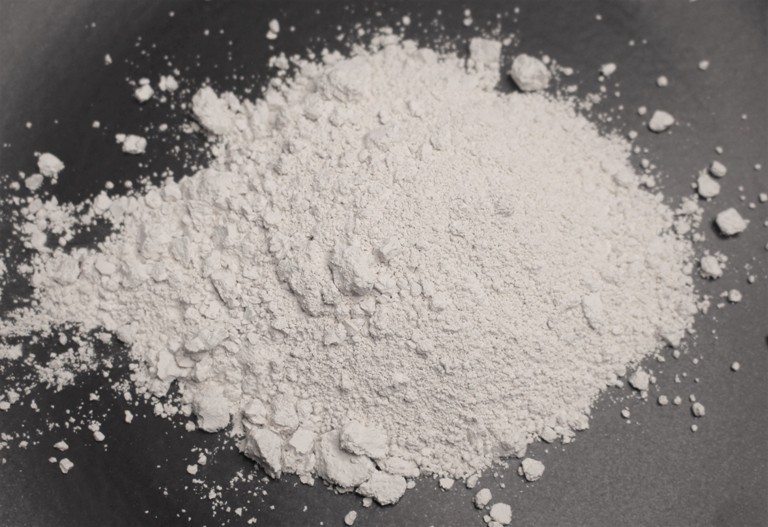How Does Hyperthermia Fit Into Breast Cancer Treatment Plans?
Verthermia specializes in hyperthermia cancer treatment, offering services for various types of cancer, including lung, ovarian, breast, and colon cancer.
Breast cancer is one of the most common cancers known to man, impacting millions. Established treatments include chemotherapy, radiation, and surgery. Researchers and clinicians continue to look for innovative ways to improve those methods, including hyperthermia for cancer treatment, which aims to deliver heat to kill any cancer cell. Hyperthermia, as part of a comprehensive treatment plan, offers promising potential for improving outcomes in breast cancer patients.
Here are ways hyperthermia fits into breast cancer treatment plans.
What is Hyperthermia for Cancer Treatment?
Hyperthermia is the exposure of cancerous tissue to elevated temperatures, usually in the range of 104°F to 113°F (40°C to 45°C). The heat may be applied locally to the tumor site or by more systemic methods. The objective is to damage the cancer cells while causing as minor damage as possible to normal tissue. Used in conjunction with other conventional therapies, such as chemotherapy or radiation, hyperthermia can enhance the effectiveness of these therapies, making cancer cells more sensitive to them.
Hyperthermia can disrupt the inner processes of a cancer cell, causing cellular stress and eventual death. It may also enhance the blood supply to the tumor, which will result in better delivery of oxygen and drugs, enhancing the treatment of the cancer. Hyperthermia is non-invasive and may be adapted for each patient, hence very flexible in cancer care.
How does hyperthermia fit into breast cancer treatment?
Hyperthermia is mainly administered in addition to other cancer treatments but can also be administered independently. For instance, it can be given to a breast cancer patient with the intent of complementing the effect of radiation or chemotherapy. For instance, when radiation therapy tries to kill the DNA of the cancerous cells, there might be cells that do not react to radiation. Still, if hyperthermia is administered simultaneously, the cells would be sensitive to radiation.
In the same way, chemotherapy drugs work better if they can easily reach cancer cells. Hyperthermia increases blood vessels around the tumor, improving circulation and directly delivering chemotherapy drugs to the cancerous tissue. Combination of both has been shown to increase their effectiveness, which would be helpful to patients.
Potential Benefits of Hyperthermia
The primary benefit of hyperthermia in patients with breast cancer is the fact that it kills and destroys cells selectively. However, though hyperthermia may be used together with conventional therapy, it carries minimal side effects, making it a popular option for patients wanting to avoid the severe effects associated with conventional therapies. Hyperthermia can be used to treat deep-seated tumors that would be difficult to reach by surgical means.
Moreover, hyperthermia can reduce the risk of recurrence of cancer. Hyperthermia enhances the effectiveness of radiation and chemotherapy, thereby killing more cancer cells and reducing the chances of the cancer coming back in the future. This is another layer of security for patients who are in remission.
Integration of hyperthermia into breast cancer treatment offers a lot of benefits, particularly in combination with conventional medical therapies like chemo and radiation. For patients who also hope to treat their breast cancer through alternative methods, natural breast cancer treatments available can enhance all the medical therapies for the body. Combining the advantages offered by hyperthermia with other treatment options would help patients have improved disease-free survival, fewer unwanted side effects, and a much better quality of life in the fight against breast cancer.



















Facebook Conversations